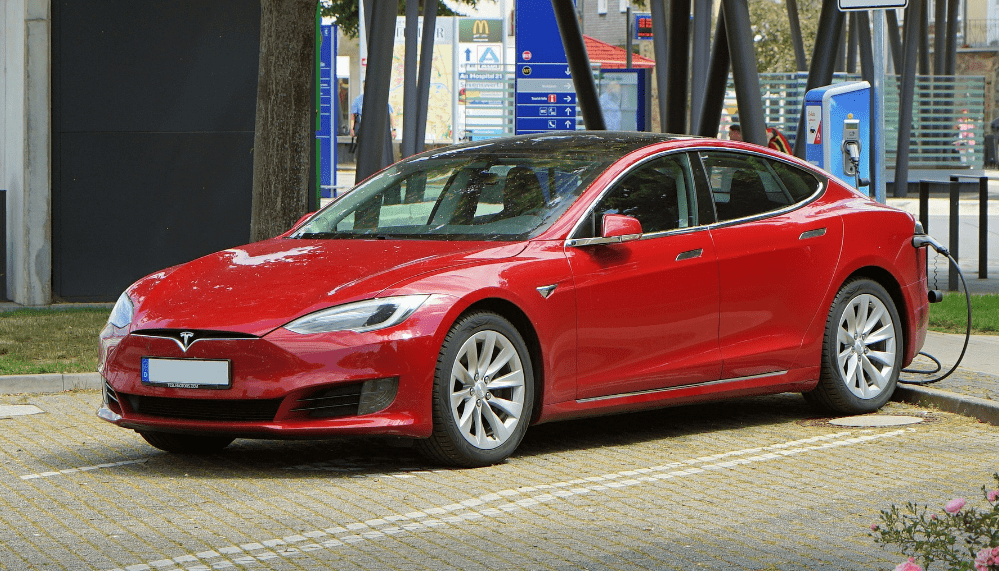
Are self-driving cars making our roads safer or creating new risks? As autonomous vehicles become more common, many Nebraskans are asking this question.
These vehicles are equipped with advanced sensors and artificial intelligence to navigate roads and make quick decisions to enhance safety. However, their growing popularity brings new challenges, particularly in the realm of insurance and liability in traffic accidents.
Self-Driving Vehicles: Reducing Accidents or Creating New Risks?
Some supporters argue that driverless cars could significantly reduce accidents and deaths on US roads by up to 90 percent by eliminating distractions and driver fatigue.
This is due to autonomous vehicles’ ability to react faster to potential hazards and adhere to traffic laws and regulations. Yet, vehicle automation still presents safety concerns.
Most self-driving vehicle accidents reported have been minor, like small collisions or fender-benders. These incidents often happen during testing in controlled settings. Still, there have been some notable autonomous vehicle accidents that resulted in injuries or fatalities.
Federal guidelines reduce the risk of autonomous vehicles
Federal guidelines play a crucial role in shaping the development and implementation of autonomous vehicles. In September 2017, the US Department of Transportation released revised voluntary guidelines for developers of self-driving cars.
While these guidelines are not compulsory, manufacturers are strongly encouraged to participate in voluntary federal assessments. This approach aims to strike a balance between fostering innovation and maintaining necessary oversight to ensure safety.
State regulations promote innovation while prioritizing safety
Every state sets its rules for self-driving cars. The National Conference of State Legislatures keeps track of these rules with a comprehensive database. While making these standards more universal may help self-driving cars be safer nationwide, for now, each state has different rules for manufacturers and insurance as well.
Let’s examine the high standards our state has for self-driving cars.
Legislation Regarding Autonomous Vehicles in Nebraska
Nebraska has specific laws to keep people safe in self-driving cars. These statutes ensure that cars are safe and can drive well in many conditions.
Anyone using these cars in Nebraska needs to know these rules. Understanding the legal implications of these rules is especially important for car accident victims.
Operating requirements
Nebraska requires that all partly autonomous or driverless cars meet strict safety standards and are capable of operating safely in various conditions.
For instance, a partly or fully driverless car must be able to navigate complex traffic situations like active school zones.
Human driver presence
Currently, fully driverless cars are not allowed on Nebraska’s roads. Human drivers must always be present in automated vehicles to take control if needed. This rule ensures safety and readiness in case of emergencies.
Liability and compensation
Nebraska’s legal rules about accidents involving autonomous vehicles include:
- Contributory negligence: Nebraska uses a modified comparative negligence system where accident victims can seek compensation even if they contributed to the accident. What if multiple parties, like the vehicle maker or technology provider, are responsible? Victims can still get money for damages based on how much each party is to blame. In Nebraska, this system ensures that accident victims are not barred from recovery unless they are 50 percent or more at fault.
- Product liability laws: Product liability laws may apply if an accident involving an autonomous vehicle happens because of a flaw in how it was designed or made – or if its usage warning was insufficient. Victims can sue manufacturers, suppliers, or sellers if they can prove the technology’s flaw caused the accident and their injuries.
- Negligence standard: Proving negligence – such as a failure to exercise reasonable care in designing or deploying autonomous technology – is one step to showing who is responsible for an accident.
Insurance requirements
Nebraska requires all motor vehicles, including autonomous vehicles, to be adequately insured – typically covering bodily injury and property damage liability, compensating victims of accidents caused by the insured vehicle.
How Insurance Companies Have Adapted to Self-Driving Cars
The traditional insurance model assumes that human drivers are responsible for accidents. Self-driving cars, however, shift much of the responsibility to the vehicle’s technology, necessitating a rethinking of insurance policies and risk assessments.
Changes in risk assessment
Insurance companies traditionally assess risk based on the driver’s history, age, and other personal factors. With self-driving cars, the focus shifts to the reliability and safety of the vehicle’s technology.
For instance, insurers now consider the quality of sensors, the robustness of software, and the vehicle’s ability to handle various driving conditions.
Changes in comprehensive coverage
Comprehensive coverage costs may decrease because self-driving cars could reduce accident frequency. However, insurance companies might also change what they cover, affecting how much compensation victims get for incidents like theft or natural disasters.
Additionally, higher repair costs for the technology of self-driving vehicles could affect how much compensation victims receive for non-crash-related incidents.
New approaches to coverage
To address the unique risks of autonomous vehicles, many insurers are developing new approaches to insurance coverage.
Two coverage options are product liability insurance and cyber liability insurance. Product liability insurance covers manufacturers for defects in the vehicle’s technology. For example, product liability insurance may cover the damages if an autonomous vehicle’s sensor malfunctions and leads to an accident.
Self-driving cars rely heavily on software and connectivity, which makes these vehicles vulnerable to hacking and cyber-attacks. Cyber liability insurance protects against losses from such attacks.
For example, if a hacker took control of an autonomous vehicle, causing an accident, cyber insurance would cover the resulting damages and the costs associated with responding to a cyber-attack, such as investigations and legal fees.
What These Changes Mean for Manufacturers
In Nebraska, if a self-driving car causes a collision, manufacturers may be held responsible for defects in the car’s technology or design that led to the accident.
Manufacturers must prove they followed all safety regulations. This involves showing that the self-driving car’s technology and design met both state and federal safety standards intended to protect drivers and pedestrians.
Suppose it’s determined that the manufacturer was negligent in ensuring the car’s safety. In that case, they may be obligated to compensate you for medical bills, lost income, pain and suffering, and other damages incurred due to the accident.
The Legal Implications for Motorists
Being injured in an accident involving a self-driving vehicle can be overwhelming and confusing. The usual rules for determining fault don’t always apply, making it harder to navigate the legal system.
For example, traditional car accidents usually happen because of a mistake made by one of the drivers. When autonomous vehicles are involved in accidents, more than one person or company might be responsible.
Along with vehicle manufacturers, potentially liable parties include:
- The manufacturers of autonomous vehicle technologies: Companies that make faulty parts like sensors, cameras, or software for the self-driving system can also be responsible if these parts cause problems in how the car operates.
- The chain of distribution: Businesses involved in supplying or selling the car’s parts can be held accountable if they don’t make sure everything meets safety standards and works as it should. This includes suppliers, distributors, and sellers.
- The driver of the autonomous vehicle: There are several levels of autonomous cars. In partially autonomous vehicles, the driver’s actions or failure to watch the car properly can lead to accidents.
- Third parties: Other groups like repair shops or road workers might be responsible if their actions, such as bad repairs or unsafe roads, lead to an accident with a self-driving car.
Understanding the legal implications of Nebraska’s laws for autonomous vehicles can help ensure you receive the justice and monetary settlement you deserve after an accident with a self-driving vehicle.
You may be eligible to pursue compensation for damages, including:
- Medical expenses
- Lost wages
- Pain and suffering
Since self-driving car laws are constantly evolving, you need a personal injury lawyer who stays informed about the latest changes in self-driving car laws to provide the best legal advice and representation. Personal injury lawyers can identify all liable parties, prove negligence, and help you recover the settlement you deserve.
Our Team Is Ready to Help After an Autonomous Vehicle Accident
If you were hurt in an accident involving an autonomous vehicle, understanding the legal challenges of self-driving cars can make a big difference in your pursuit of justice.
At Hauptman, O’Brien, Wolf & Lathrop, our personal injury attorneys are here to provide the guidance and dedicated support you need. Our team has a proven track record of advocating fiercely for our clients, and we will leave no stone unturned in pursuing accountability for your injuries and losses.
We are committed to advocating for your rights and securing justice on your behalf. That’s why your initial consultation is free, and we work on a contingency fee basis. That means you pay nothing unless we win your case. Don’t wait – contact us today at our offices in Omaha, South Omaha, and Bellevue, and let us help you on the path to recovery and justice.


Really caring people who get the job done